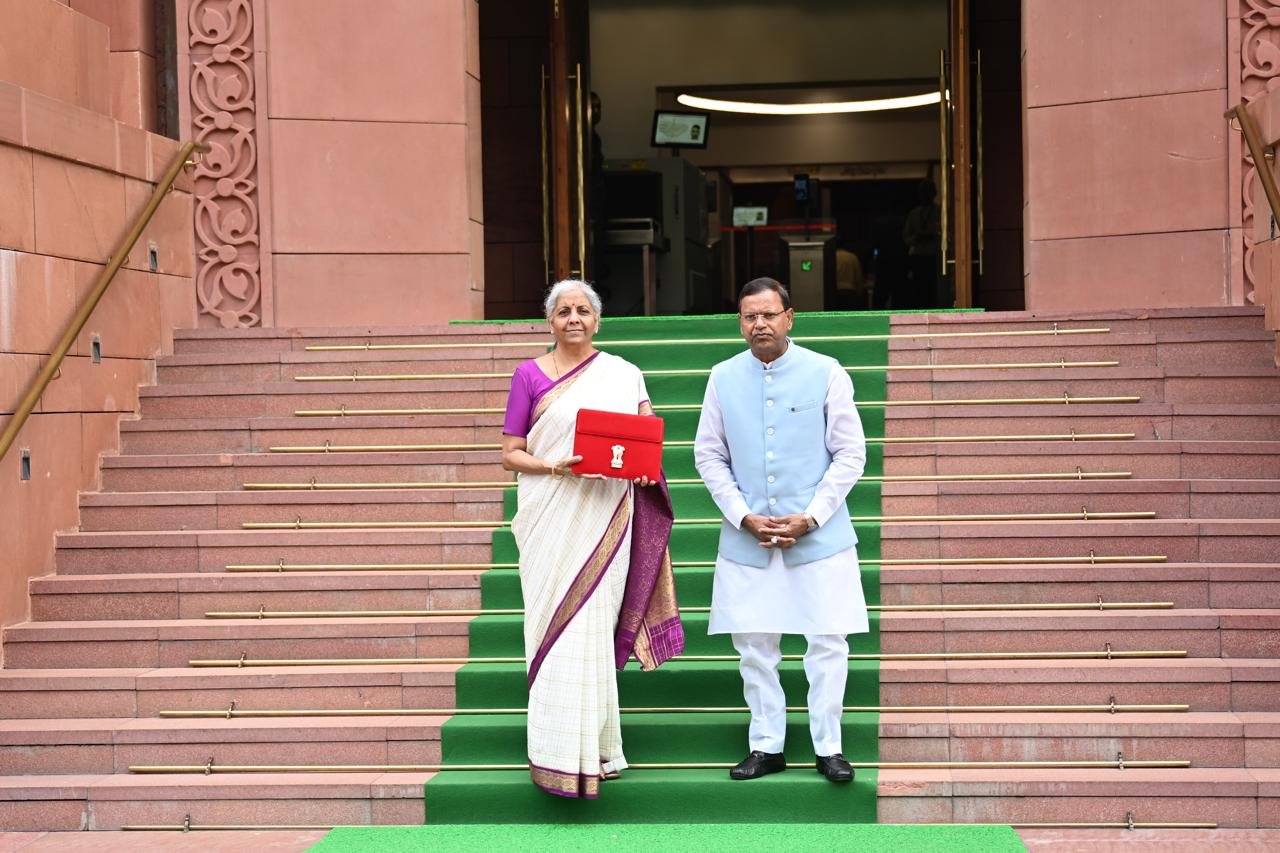The BGA India Team, led by Managing Director Ratan Shrivastava, wrote an update to clients on India’s 204 budget.
Context
- Indian Finance Minister Nirmala Sitharaman presented her seventh consecutive union budget July 23. It was the first budget in Prime Minister Narendra Modi’s third term, after the newly reelected Bharatiya Janata Party-led National Democratic Alliance government assumed office in June. The budget is a continuation of the interim budget presented in February.
- The budget continues the capital expenditure-led GDP growth that has made India a bright spot amid the current global slowdown. Sitharaman has sought continuity at the macroeconomic level by delicately balancing between capital and social spending with a lowered fiscal deficit.
Significance
- The budget prioritizes four key constituencies — the poor, women, youth and farmers — by providing a significant hike in allocations across education, skill development, women-led development and agriculture. It covers nine focus areas: agricultural productivity and resilience, skill training and job creation, improving human resources, manufacturing and services, infrastructure, urban development, energy security, research and development, social justice and next-generation reforms.
- Sitharaman made several changes to direct and indirect taxes to simplify and rationalize rates across various asset classes. This includes reducing the corporate tax rate for foreign companies to 35 percent from 40 percent to bring it on par with domestic companies, removing “indexation” and reducing the long-term capital gains tax on property and listed debt instruments at the same level as listed equity at 12.5 percent. He also proposed liberalizing the income tax structure to increase disposable income for the middle class.
Implications
- The budget introduces new employment-linked incentive schemes aimed at job creation, skills development and manufacturing enhancements. A bold new internship scheme for 10 million interns in India’s top 500 companies has also been introduced to support employable youth.
- Infrastructure, the energy transition, agriculture, manufacturing, consumer goods, e-commerce, health care and education will be some of the key sectors of growth in the coming quarters. With an ambitious plan to make India’s eastern region a powerful driver of economic growth, Sitharaman alluded to unlocking new opportunities by boosting infrastructure in the states of Andhra Pradesh, Bihar, Jharkhand, Odisha and West Bengal, with special financial support for the first two.
We will continue to keep you updated on relevant developments in India. If you have questions or comments, please contact BGA India Managing Director Ratan Shrivastava at ratan@bowergroupasia.com.
Best regards,
BGA India Team

























